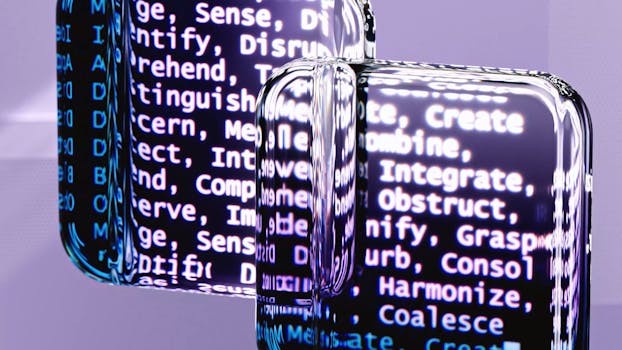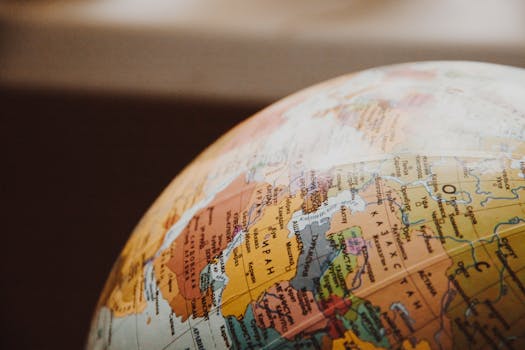☞Administration
Inscriptions and other literary records indicate the Rashtrakutas selected the crown prince based on heredity. The crown did not always pass on to the eldest son. Abilities were considered more important than age and chronology of birth, as exemplified by the crowning of Govinda III who was the third son of King Dhruva Dharavarsha.
The most important position under the king was the Chief Minister (Mahasandhivigrahi) whose position came with five insignia commensurate with his position namely, a flag, a conch, a fan, a white umbrella, a large drum and five musical instruments called Panchamahashabdas.
Under him was the commander (Dandanayaka), the foreign minister (Mahakshapataladhikrita) and a prime minister (Mahamatya).
A Mahasamantha was a feudatory or higher ranking regal officer.
All cabinet ministers were well versed in political science (Rajneeti) and possessed military training.
The kingdom was divided into Mandala or Rashtras (provinces). A Rashtra was ruled by a Rashtrapathi who on occasion was the emperor himself.
Under a Rashtra was a Vishaya (district) overseen by a Vishayapathi. Trusted ministers sometimes ruled more than a Rashtra.
Below the Vishaya was the Nadu looked after by the Nadugowda or Nadugavunda.
The lowest division was a Grama or village administered by a Gramapathi or Prabhu Gavunda.
The Rashtrakuta army consisted of large contingents of infantry, horsemen, and elephants.
The Rashtrakutas issued coins such as Suvarna, Drammas in silver and gold, Kalanju, Gadyanaka Kasu, Manjati and Akkam.
☞Religion
Some claim the Rashtrakutas were inclined towards Jainism since many of the scholars who flourished in their courts and wrote in Sanskrit, Kannada and a few in Apabhramsha and Prakrit were Jains.
However, the Rashtrakuta kings also patronized Hinduism's followers of the Shaiva, Vaishnava and Shakta faiths. Almost all of their inscriptions begin with an invocation to God Vishnu or god Shiva.
Buddhism too found support and was popular in places such as Dambal and Balligavi, although it had declined significantly by this time.
☞Literature
- Rashtrakutas widely patronized the Sanskrit literature.
- Trivikrama wrote Nalachampu and the Kavirahasya was composed by Halayudha during the reign of Krishna III.
- Jinasena composed Parsvabhudaya, a biography of Parsva in verses.
- Jinasena composed the Adipurana, the life stories of various Jain saints.
- Sakatayana wrote Amogavritti a grammar work.
- Viracharya – a Great mathematician of this period wrote Ganitasaram.
- During the period of the Rashtrakutas, the Kannada literature saw its beginning.
- Kavirajamarga composed by Amogavarsha’s was the first poetic work in the Kannada language.
- Pampa was the greatest of the Kannada poets and Vikramasenavijaya is his famous work.
- Santipurana was another great work wrote by Ponna another famous Kannada poet.
☞Rashtrakutas Art and Architecture
- The art and architecture of the Rashtrakutas can be found at Ellora and Elephanta.
- The most remarkable temple Kailasanatha temple at Ellora was built by Krishna.
☞Kailasanatha Temple
- The temple is carved out of a massive block of rock measuring 200 feet long, and 100 feet in breadth and height.
- The central face of the plinth has imposing figures of elephants and lions which give the impression that the entire structure rests on their back.
- It has three-tiered sikhara or tower which resembles the sikhara of the Mamallapuram rathas.
- There is a pillared hall with 16 square pillars in the interior of the temple.
- A sculpture of the Goddess Durga is engraved as slaying the Buffalo demon.
- In the interior of the temple there is a pillared hall which has sixteen square pillars.
- In another sculpture Ravana was making attempts to lift Mount Kailash, the abode of Siva.
☞Elephanta
- Originally called as Sripuri, Elephanta is an island near Bombay.
- The Portuguese named it as Elephanta after seeing the huge figure of an elephant.
- The sculptures in Ellora and Elephanta have close similarities.
- There are huge figures of dwara–palakas at the entrance to the sanctum.
- Trimurthi is the most magnificent figure of this temple. The sculpture is six meters high and said to represent the three aspects of Shiva as Creator, Preserver, and Destroyer.
☞Decline
In 972 A.D., during the rule of Khottiga Amoghavarsha, the Paramaras King Siyaka Harsha attacked the empire and plundered Manyakheta, the capital of the Rashtrakutas. This seriously undermined the reputation of the Rashtrakuta Empire and consequently led to its downfall.
The final decline was sudden as Tailapa II, a feudatory of the Rashtrakuta ruling from Tardavadi province in modern Bijapur district, declared himself independent by taking advantage of this defeat.
Indra IV, the last emperor, committed Sallekhana (fasting unto death practiced by Jain monks) at Shravanabelagola.
With the fall of the Rashtrakutas, their feudatories and related clans in the Deccan and northern India declared independence.
The former feudatories of the Rashtrakutas in western Deccan were brought under the control of the Chalukyas, and the hitherto-suppressed Cholas of Tanjore became their arch enemies in the south.
In conclusion, the rise of Rashtrakutas of Manyakheta had a great impact on India, even in India's north. Suleiman, Al Masudi and Ibn Khurdadba wrote that their empire was the largest in contemporary India and Suleiman further called it one among the four great contemporary empires of the world.
.png)
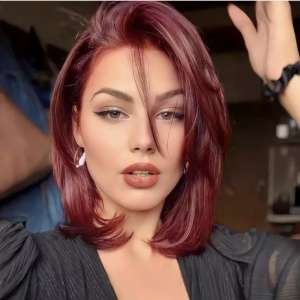









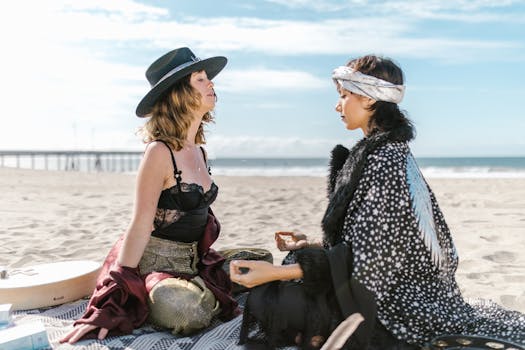
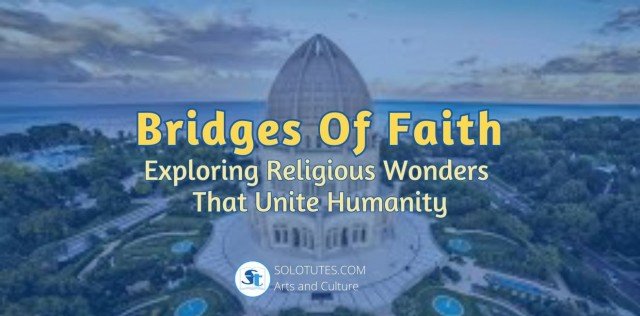
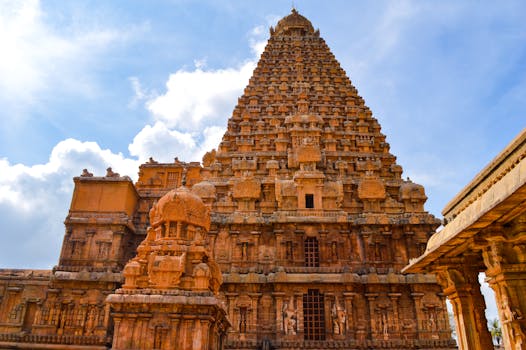
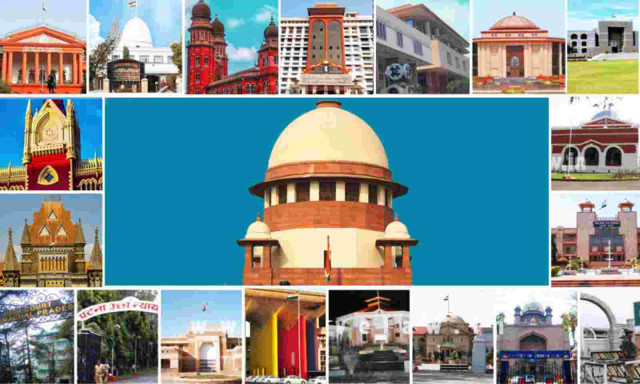

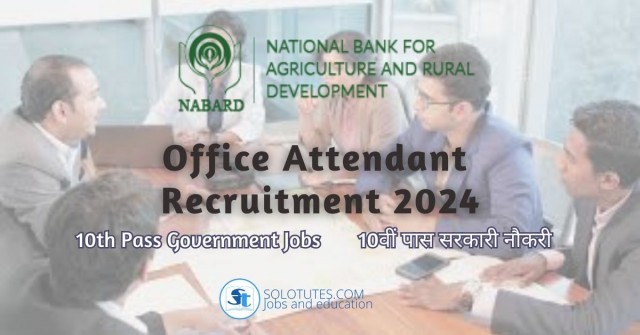
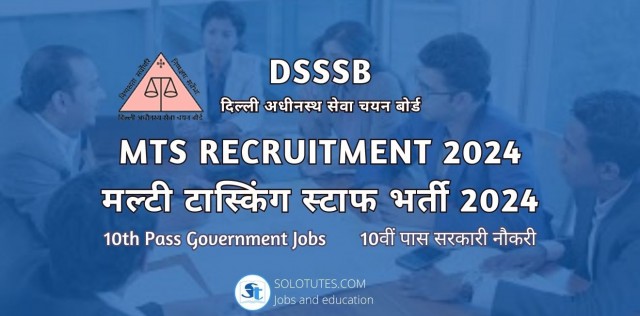


.jpg)



